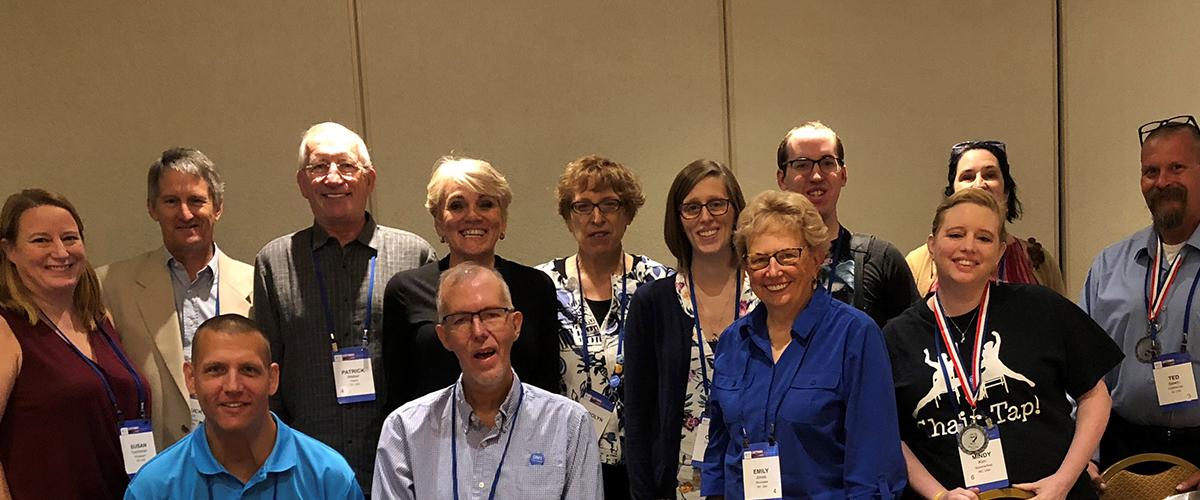
Ms. Hamazaki's undergraduate training at the State University of New York at Geneseo laid a robust foundation in scientific knowledge and technical skills. Initial research in Dr. Kazushige Yokoyama's lab focused on nanoscale networking patterns of amyloid peptides in neurodegenerative diseases, sparking her scientific curiosity. She led projects in Alzheimer's disease research and explored retinal regeneration in zebrafish at Dr. Travis Bailey's cellular biology group. Interning at Regeneron Pharmaceuticals exposed her to next-gen sequencing techniques.
Entering the University of Rochester for graduate school, Ms. Hamazaki sought translational research experience with mouse models, influenced by her time in the pharmaceutical industry during the COVID-19 pandemic. Exposure to myotonic dystrophy research at Regeneron and the collaborative environment at the University of Rochester solidified her interest in myotonic dystrophy research. In the Lueck Lab, she expanded her skills in "in vivo" and "in vitro" muscle assays, including contraction, histology, and whole-animal activity assessments. Enthusiastic about learning new techniques like whole-cell patch clamp and calcium transients, she aims to deepen her understanding of ion channel physiology in myotonic dystrophy.
Her participation in the Myology Training course at Nationwide Children's Hospital shaped her perspective on neuromuscular research and community collaboration. Presenting at the MDF conference underscored the importance of effective scientific communication and patient involvement in research. Post-graduate school, Ms. Hamazaki aspires to apply her skills to patient-focused myotonic dystrophy research, driven by the desire to contribute impactful research benefiting the patient community.
Ms. Hamazaki's research involves correcting the function of ion channels in Mouse models and assessing their impact on overall muscle health to validate therapeutic benefits. Her study aims to identify ion channels as new therapeutic targets for DM1 myopathy, potentially leading to the development of novel treatments or repurposing existing FDA-approved drugs.

